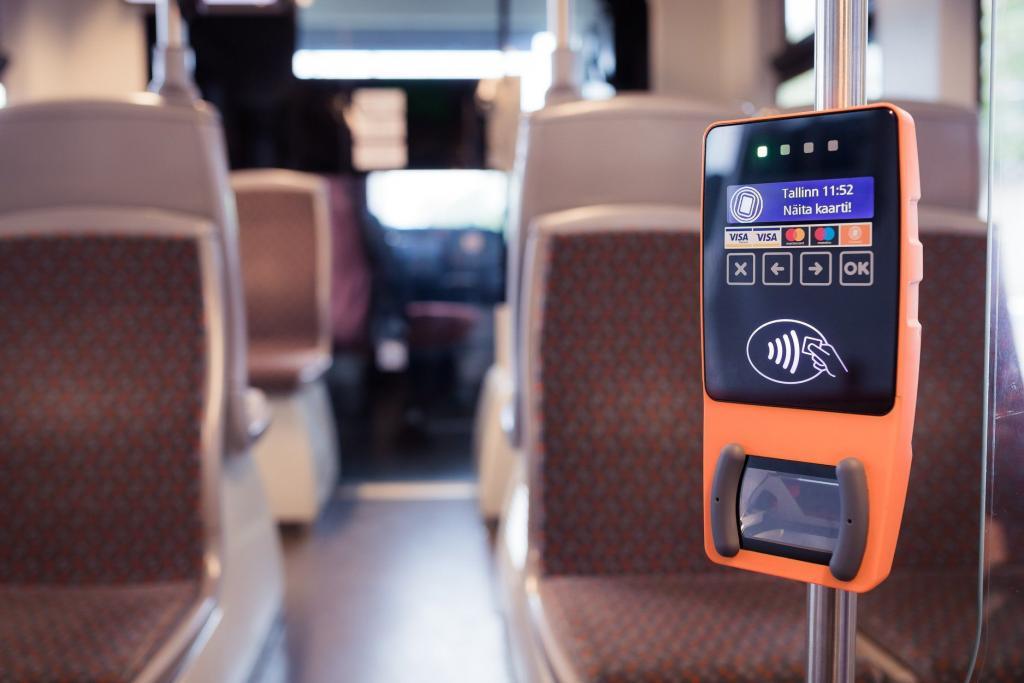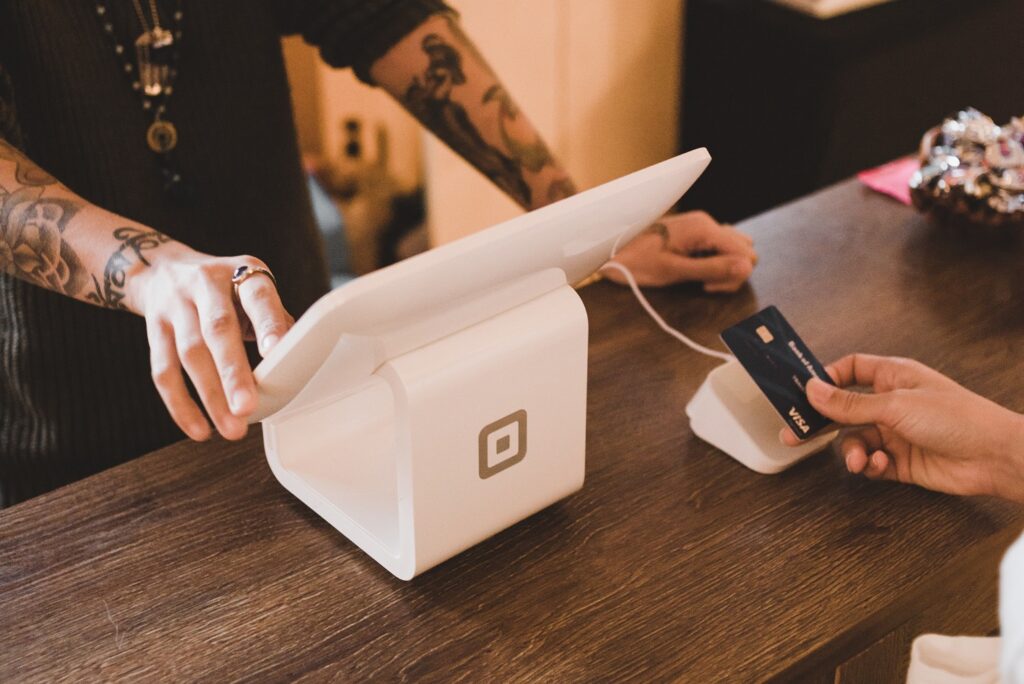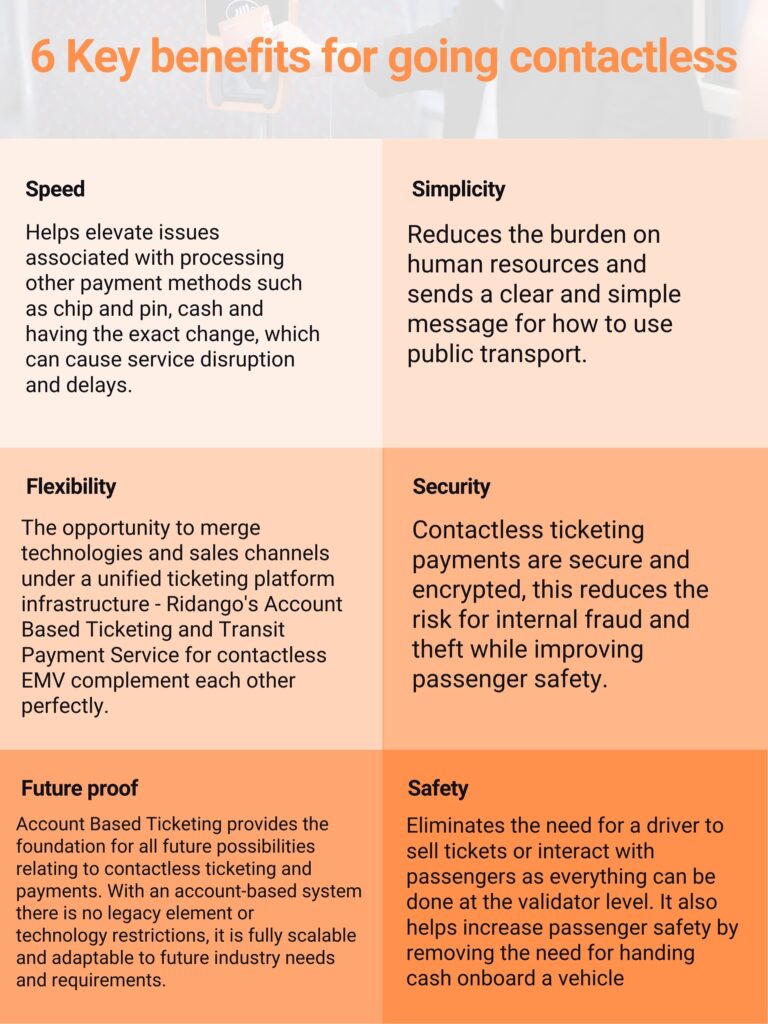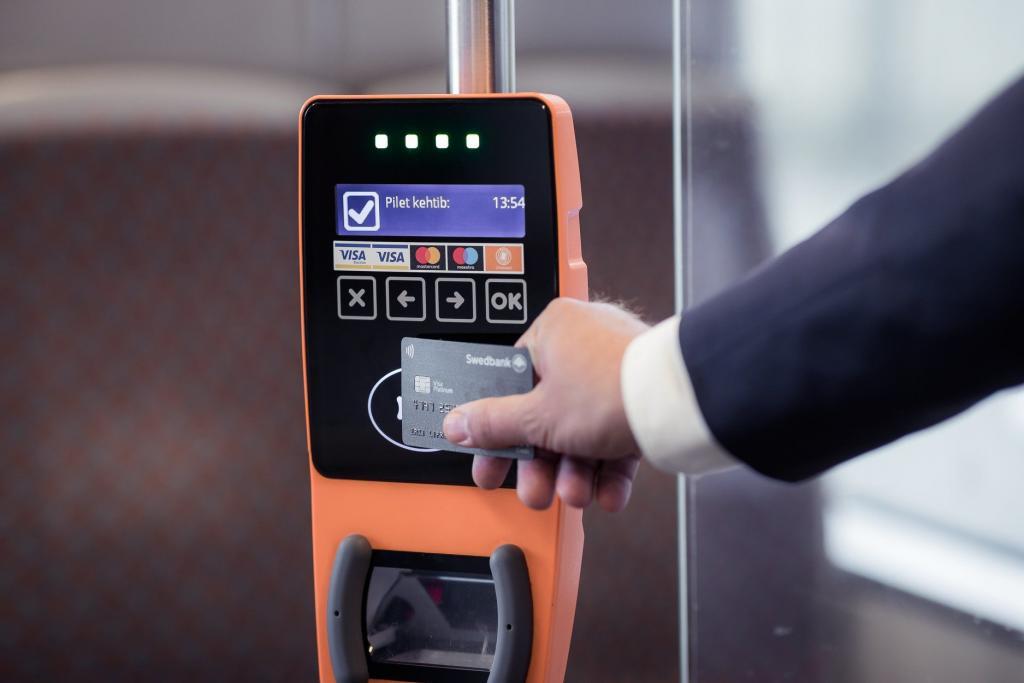Cash does not fit the post-COVID-19 society – instead, smart contactless payment solutions that can help fight diseases while preserving the environment in the process, should be introduced around the world, writes Rene Rumberg, the head of marketing at Ridango, an Estonian IT solution provider for public transport, focusing on automated fare collection and real-time passenger information systems.
Until recently, opinions about the benefits and efficiency of contactless payment solutions were divided, but after the COVID-19 crisis, there should be no doubt about that. As the data from multiple research – conducted right after the start of global pandemic – show, all kinds of contactless solutions are here to stay. We cannot rely on physical cash anymore, because due to the insecurity of handling cash, it just does not fit into this new narrative. It is an “adapt or die” kind of situation, and dying is not an option, so we must adapt.
But the problem is bigger and more complex than just the COVID-19-related health-care crisis, because on top of that we are also facing irreversible climate and environmental disaster.
This is where contactless ticketing solutions have a role to play helping cities build effective public transport experience for people, so we could decrease our dependence on personal cars and help preserve the environment in the process.

Besides saving the Earth, contactless ticketing solutions can also help public transportation authorities and operators offer seamless travelling experience for passengers by providing increased boarding speed, simple and more secure ticket purchasing, which also scores higher satisfaction marks by passengers.
Going from cash to cashless
Up until recently, words such as “cashless” and “contactless” were seen by many as concepts out of a futuristic sci-fi movie. Then the COVID-19 crisis hit, and everything changed. Suddenly, those two words have become synonymous in the context of how we, as humankind, should adapt to the new reality of the post-COVID-19 society. But just exactly how much has the novel coronavirus changed our behaviour when it comes to paying for things and services?
For many industries, going contactless is now the new and safest way of operating. Popular food delivery services are seeing an increase in contactless delivery options and consumers want deliveries to be left at their doors, removing all unnecessary contact with service providers. Ride-hailing companies are also isolating drivers from the passengers.
The latest numbers indicate that people are moving away from cash and looking to contactless solutions. If the consumer must choose between two companies offering identical services, but only accepting cash and the other accepting contactless payments, they most likely will opt for the one that is offering a contactless payment option.

This claim can be backed by a recent study conducted by Mastercard, which discovered that consumers were rapidly adopting contactless payments for everyday purchases as they sought cleaner and safer touch-free payment options. During February and March, as nations started imposing social distancing measures due to the coronavirus, a majority of consumers switched to contactless payments. It is becoming clear that contactless is here to stay as 74 per cent of people globally state they will continue to use contactless even after the pandemic is over.
Why should businesses rethink how to accept and process payments?
Those numbers send a strong message to companies, which persist in relying on physical cash to operate their business. Why isn’t cash fit for the post-COVID-19 society? Because by design, cash requires a physical human to human interaction, which ultimately spreads more germs from person to person. One study found that on average physical banknotes change hands at least 55 times a year.
Another study conducted in 2017 identified over a hundred different strains of bacteria on dollar bills circulating in New York City. Some of the most common bugs on our bills included propionibacterium acnes, a bacteria known to cause acne, and streptococcus oralis, a common bacteria found in our mouths. So, the chances that together with physical cash you catch something else is likely.
Due to the insecurity of handling cash and the current ongoing health crisis, it is time for businesses to adopt contactless payment solutions and go entirely cashless. Many people working in different industries are essential frontline workers, so we must protect them, and contactless payments provide an extra layer to help keep them secure.
A future without public transport is a future without clean air
A future without public transport is a future where active travel and free movement will be limited, congested and even dangerous.
The world is facing multiple crises at once; besides COVID-19, we also must fight biodiversity loss and climate change, and for that, we need public transport. This is our chance to build better services and connect cities and communities back with the people. Clear, efficient and green public transport reduces air pollution in cities, and that’s why it should be part of climate action plans to reach global targets set by Paris Agreement.
Public transport can give city streets back to the people, thus increasing the quality of life and availability of green space in cities. Over 90% of the world’s population live in areas where air pollution exceeds safe levels. There must, however, be no “back to normal” after the coronavirus where it is dangerous to merely breathe.
Public transport is four times more efficient per passenger/kilometre than private cars. Every kilometre travelled via public transport saves 95 grams of greenhouse gas emissions and 19 grams of NOx, compared with using individual motorised transport. A future without public transport is a future without clean air.

Public transport provides a connectivity hub to public services, work and leisure, allowing more people to travel smoothly within the urban spaces available. It is not rocket science; more people reaching more employment, studies and businesses more efficiently, which will result in more opportunities for all.
Investing in public transport will furthermore protect millions of jobs locally and worldwide. Public transport that is driven by innovation and service quality plays a crucial role in rebuilding the local economies, in which many of us may thrive, putting people and the environment at the centre.
So, it is fair to say that nature and public transport should be natural allies. One way how you can get people to use public transport more and private cars less is through offering a seamless public transport user experience for passengers, and that’s where innovative, smart IT solutions for public transport play a major role.
Key benefits of contactless ticketing
How smart contactless solutions can provide a more efficient public transport experience and help preserve the environment in the process?

To motivate people to use public transport more, public transportation authorities and operators must equip their vehicles with technology that eliminates the hassle for passengers and makes the experience frictionless. If you are an agency or local municipality government office, managing public transport, here are some key benefits of contactless ticketing that help creating a more efficient public transport experience that you should be aware of:
- Speed. Contactless ticketing solutions help increase the boarding speed and therefore also reduce dwell time and increase on-time performance.
- Simplicity. With contactless bank card ticketing solution, your passengers don’t need to think where, how and what type of ticket to buy. Just board a vehicle, or enter the queue behind the gate, tap the contactless validator and your journey can begin. Simple as that.
- Security. First, no cash is required to purchase the ticket. Second, besides cash, you won’t also need to enter your PIN, which adds another layer of security and shuts off the prying eyes behind your back.
- Cost-saving. As you know, handling and processing physical money can be expensive for the operator. Contactless solutions help cut this expense.
- Driver safety. Public transport drivers are essential frontline workers, who also need protection. By adopting the contactless solution, you can eliminate the interaction between the driver and passengers.
- Increased passenger satisfaction. Faster, simple and secure ticketing also scores higher satisfaction marks by passengers.
The opinions in this article are those of the author. Cover: Cashless payment solution in a Tallinn tram. Photo by Ridango.

